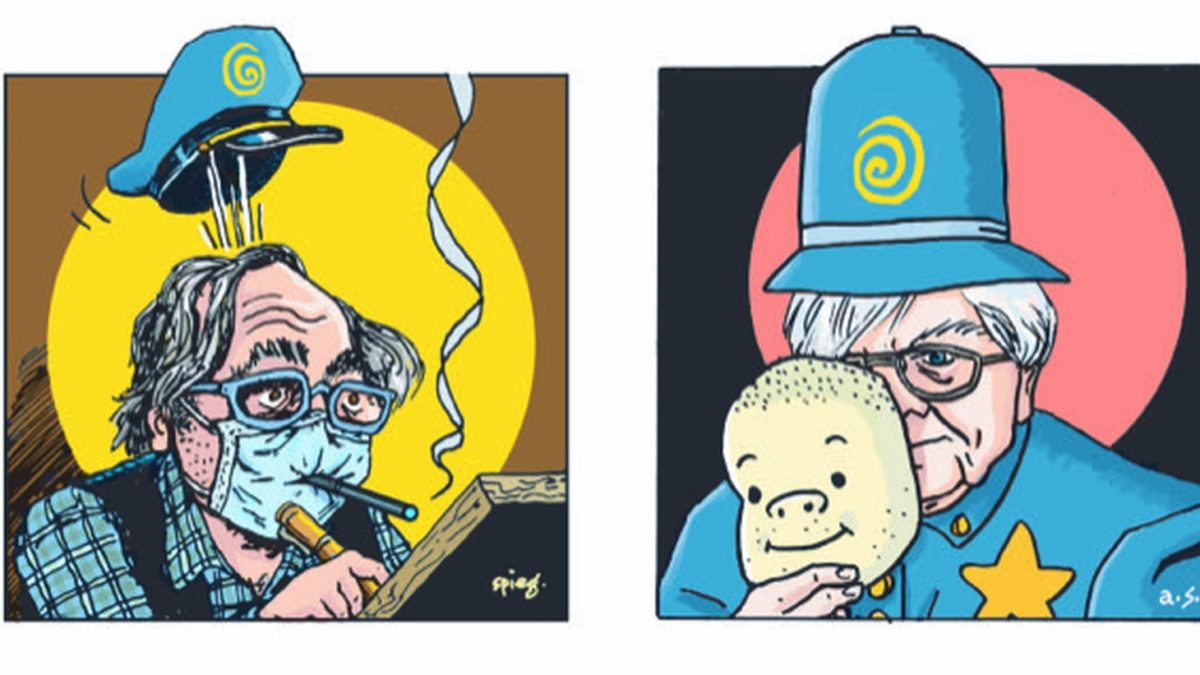
"Our Zeitgeist has left us mostly with shards of media as our reality. As a writer, or an artist, one tries to gage the atmospheric pressures that surround us."
You have reached your article limit
Sign up for a digital subscription and continue reading all new issues, plus our entire archives, for just $1.50/month.
Already a subscriber? Sign in




